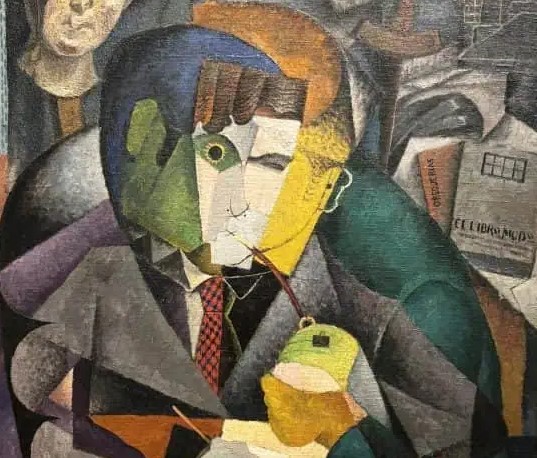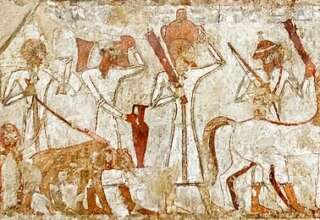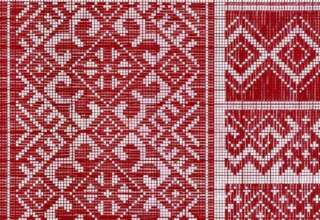
After Mexico gained independence from Spain in 1821, any traces of the colonial caste system were abandoned, with race being omitted from public documents. After the Mexican Revolution and during the 1930s, in an attempt to unify the country under a single national identity, Mexico’s government promoted the views of academics such as José Vasconcelos, who asserted that all Mexicans belonged to a mixed race, being distinguished only culturally by residence in or outside of an indigenous community, degree of fluency in an indigenous language, and degree of adherence to indigenous customs. During the Mexican Revolution, and again during the Cárdenas presidency, government efforts were made to decrease social and economic inequality among indigenous Mexicans. Since the 1960s there has been a cultural and academic re-evaluation of the role of Afro-Mexicans in Mexico, dispelling the misconception that they had assimilated into the mestizo identity. At the 2020 census, Afro-Mexicans were 2.04% of Mexico’s population.
Emigration and immigration
In 2019, an estimated 11.7 million Mexicans lived outside Mexico, in addition to 13.5 million born abroad and another 12 million descendants. The vast majority of this combined population (98–99%) are in the U.S. The largest Mexican communities outside Mexico are in the metropolitan areas of Los Angeles, Chicago, Houston and Dallas–Fort Worth. Between 1965 and 2015, more than 16 million Mexicans migrated to the United States alone—by far the top destination for both temporary and permanent migration—representing one of the largest mass migrations in modern history. As a result of these major migration flows in recent decades, an estimated 37.2 million U.S. residents, or 11.2% of the US population, identified as being of full or partial Mexican ancestry. Historically, and relative to other countries in the Western Hemisphere, Mexico has not been a destination of mass migration. In 2020, an estimated 1.2 million foreigners settled in Mexico, up from nearly 1 million in 2010. In 2021, The vast majority of migrants in Mexico come from the United States (900,000), making Mexico the top destination for U.S. citizens abroad.
Languages and Religion
Spanish is the de facto national language spoken by the vast majority of the population, making Mexico the world’s most populous Hispanophone country. Mexican Spanish refers to the varieties of Spanish spoken in Mexico, which differs from one region to another in sound, structure, and vocabulary. The federal government recognizes sixty-eight linguistic groups and 364 varieties of indigenous languages. In 2015, an estimated 8.3 million citizens spoke these languages. Indigenous peoples often face discrimination and do not have full access to public services such as education and healthcare, or to the justice system, as Spanish is the prevailing language.





